Author Archives
Stefan Taube
Posts composed by Stefan Taube
Blog Archives
September 29 2023, Stefan Taube
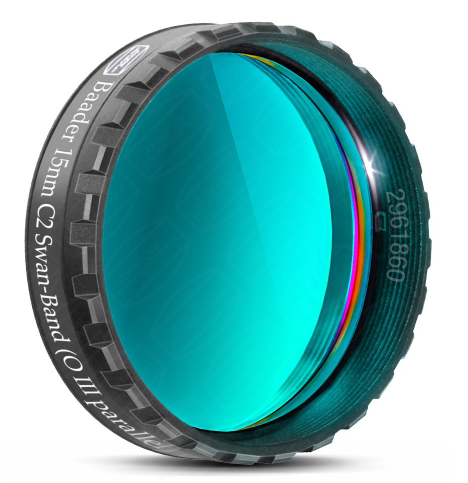
German manufacturer, Baader, has produced a new filter for 511 and 514 nanometre spectral lines which is available to fit both available filter thread sizes:
These Swan Band emission lines, which are named after their discoverer, are produced by carbon. They make up the majority of a comet’s gas tail in the visible spectrum. The filter only allows light from these two carbon wavelengths to pass through and blocks the ever-present light pollution. Structures within a comet’s gas tail, therefore, become more pronounced even in good observing conditions.
At the same time, it blocks the 501 nanometre OIII spectral lines. This increases contrast and makes it easier to distinguish comets with gas tails from comets with dust tails.
Both C2 Swan Band filters belong to Baader’s new CMOS-optimised filters:
Tags: Baader, Filter, telescope accessoires
Posted in New Products
»
August 8 2023, Stefan Taube
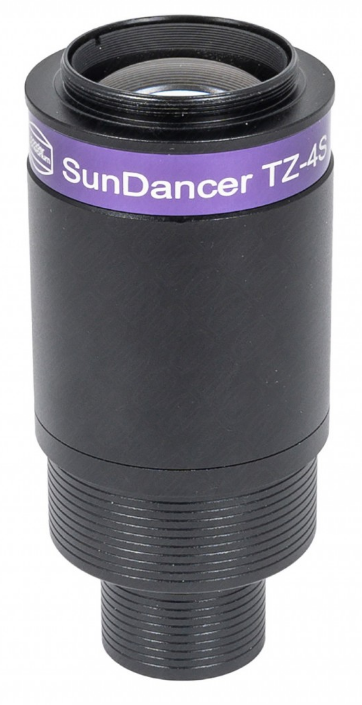
Like a Barlow lens, a telecentric extends a telescope’s focal length. However, the telecentric generates a parallel optical beam. This is particularly important when using etalon filters for solar observation in H-alpha light.
The new Telecentric TZ-4S from Baader is perfect for use with the Sundancer II H-alpha filter. It replaces the integrated telecentric which has a 3x focal length extension. Thanks to the 4x focal length extension created by the TZ-4S, the ideal aperture ratio of f/30 is achieved, even with f/7 to f/8 optics.
The achromatic Telecentric TZ-4S is designed for the entire visible spectrum, and can therefore not only be used with H-alpha systems.
You can find more information here in our shop.
Tags: solar observation, accessories
Posted in New Products
»
July 25 2023, Stefan Taube
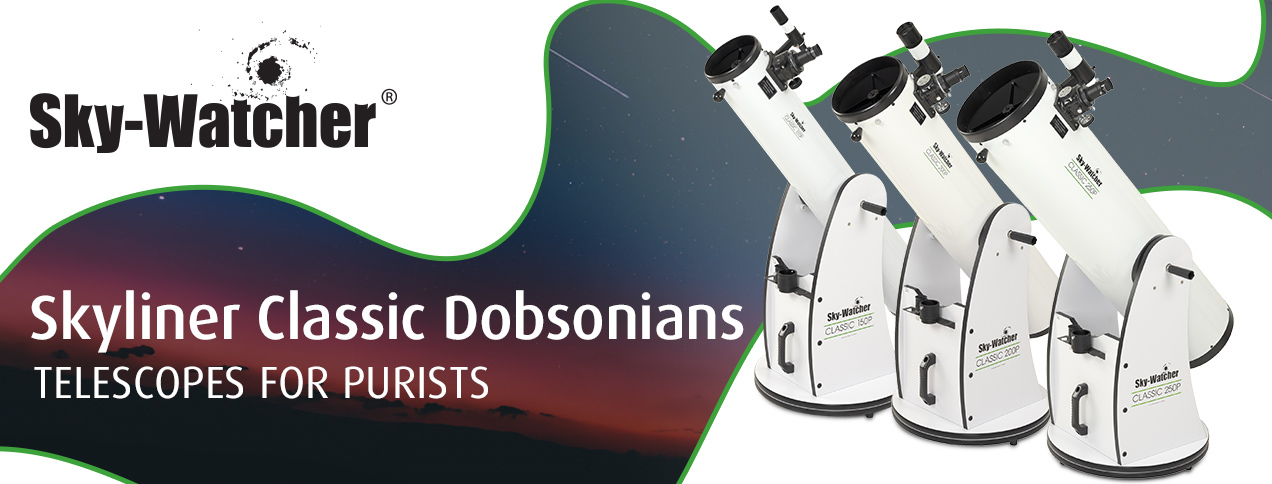
For some years now, the manufacturer Skywatcher has been featuring the Skyliner Classic series: well-proven and highly popular telescopes in the Dobsonian design. They offer great optical performance for very little money because the substructure, affectionately known as a rocker box, is relatively inexpensive.
We have put together the Skyliner Classic Dobsonian Set for you, which is even more inexpensive! The set comprises:
You get the largest telescope in the series, the 10-inch version, which features a 254 millimetre primary mirror, additional eyepieces, a filter for observing the Moon, and a practical laser to quickly collimate the telescope optics – and you save €108.85 on the cost of the individual parts!
All Skyliner Classic Dobsonians impress not only with their optics, but also with their standard equipment: two eyepieces, finderscope, eyepiece holder, carrying handle, and ascension axis tension fine adjustment are standard on all models!
More information, prices and options for ordering for all models can be found here in our shop!
Tags: Skywatcher, Omegon, telescope, dobsonian
Posted in Sale
»
June 26 2023, Stefan Taube
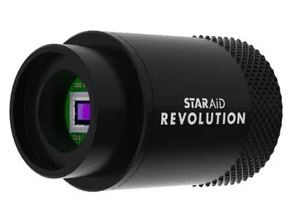
StarAid Revolution standalone autoguider
Now back in stock: the latest ‘C’ version of the StarAid Revolution autoguiding camera
The new ‘C’ version no longer needs a splitter as power supply and data transfer both take place using a USB-C port.
What does the StarAid Revolution camera offer?
StarAid enables you to use your mount’s guided automatic tracking without the need for an additional laptop or PC. This means you can take long exposures of fainter celestial objects! This is known as autoguiding.
With the StarAid Revolution, this is unbelievably easy – autoguiding starts automatically as soon as the camera is connected to a power supply. Point the telescope anywhere in the night sky and the StarAid will find multiple stars which can be used for autoguiding.
Use the StarAid app and built-in WiFi for further interesting possibilities:
- Very simple mount orientation
- Mount initialisation using plate solving
- Special object guiding for comets: Take long exposures of these fleeting objects!
StarAid Revolution works best with a guidescope with a short focal length between 100 and 150 millimetres, such as the UltraGuide MKII 32mm.
You can find additional information about the StarAid Revolution camera here in our shop.
Tags: camera, Astrophotography, Autoguiding, StarAid
Posted in New Products
»
May 30 2023, Stefan Taube
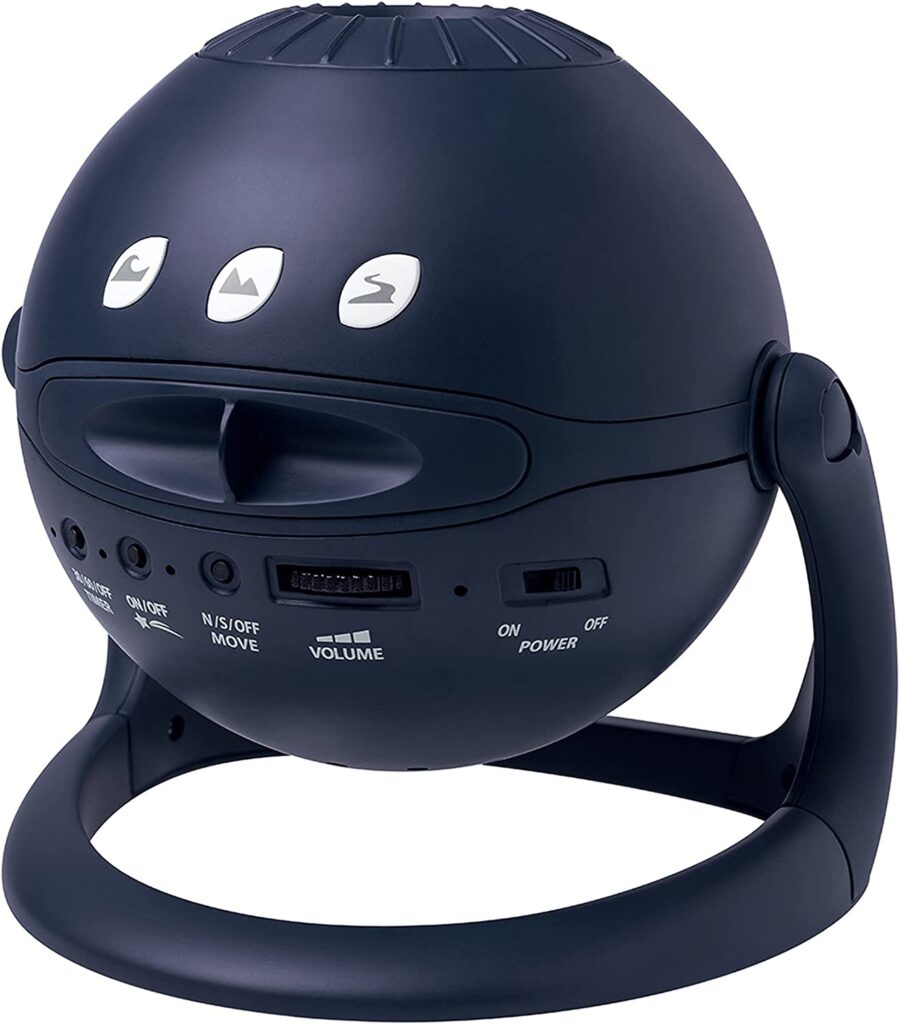
SEGA, the Japanese manufacturer, is expanding its Homestar series of planetariums with a new model. The Matataki planetarium simulates the twinkling of stars and has an integrated loudspeaker that produces atmospheric natural sounds. Choose the sound of the sea, river, or mountain as your soundscape.
As with all Homestar planetariums, you can change the Matataki’s projection disc and choose a new theme from a wide range. It comes supplied with two discs so you can enjoy your new planetarium experience immediately.
The planetarium also features a timer, so it can be used to lull children young and old to sleep.
The Matataki planetarium has a built-in battery that is recharged using a USB cable. This battery means that the planetarium can be used independent of any power supply.
More information, prices, and ordering options can be found here in the shop.
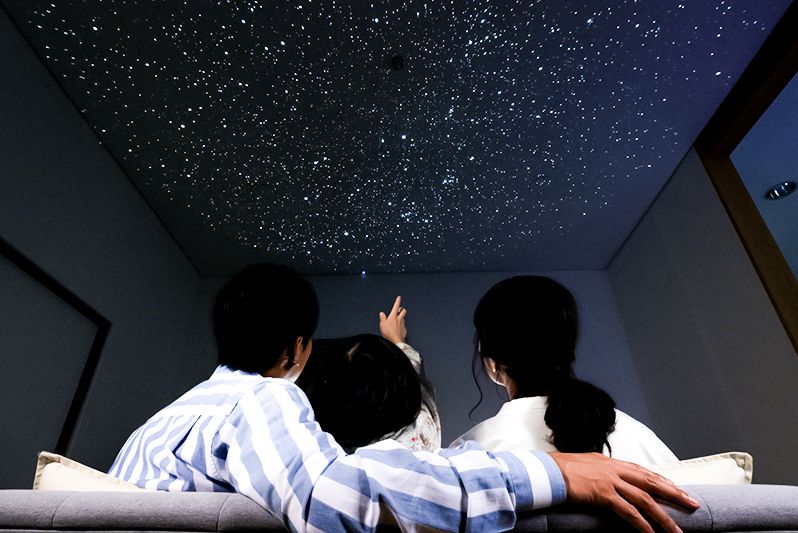
Tags: Planetarium, Sega
Posted in New Products
»
April 19 2023, Stefan Taube
Redshift 9 Premium astronomy software delivers a true-to-life representation of the night sky on your computer.
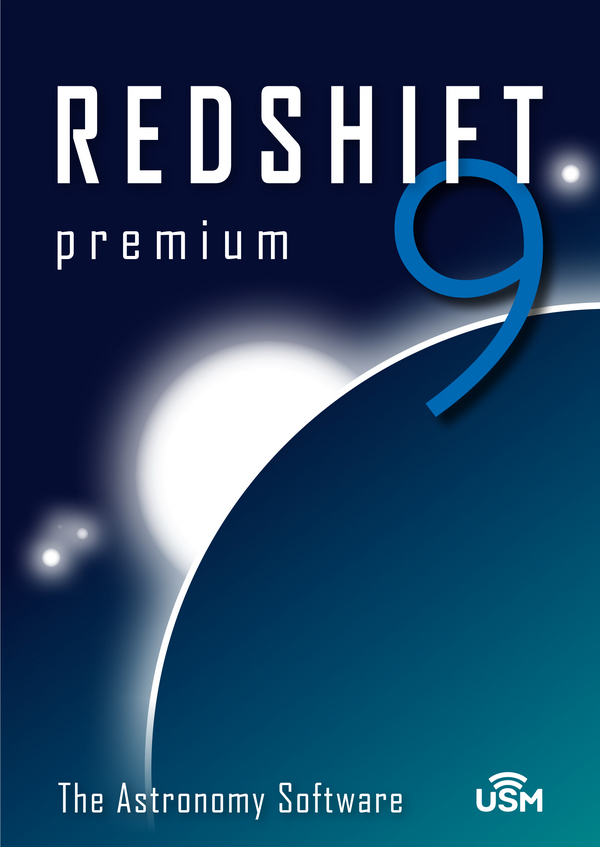
Of course, the software offers much more besides: simulations of the movement of celestial bodies, 3D models, flights to celestial bodies and many other amazing possibilities! For example, you can observe the night sky from the perspective of an imaginary observatory on Phobos, the Martian moon. The integrated encyclopaedia and 29 interactive guides offer a didactic approach to astronomy.
With Redshift 9 Premium and an Internet connection, you always have the latest data to hand: newly discovered comets, huge star catalogues (e.g. Gaia DR3) or the trajectories of satellites and other spacecraft.
Redshift 9 Premium offers an observation planner and even an ASCOM-standard telescope control for real-world observations. The software can be switched to red light mode for outdoor use.
Redshift 9 Premium is a comprehensive software program with many possibilities, which can be used for learning about astronomy or simply having fun!
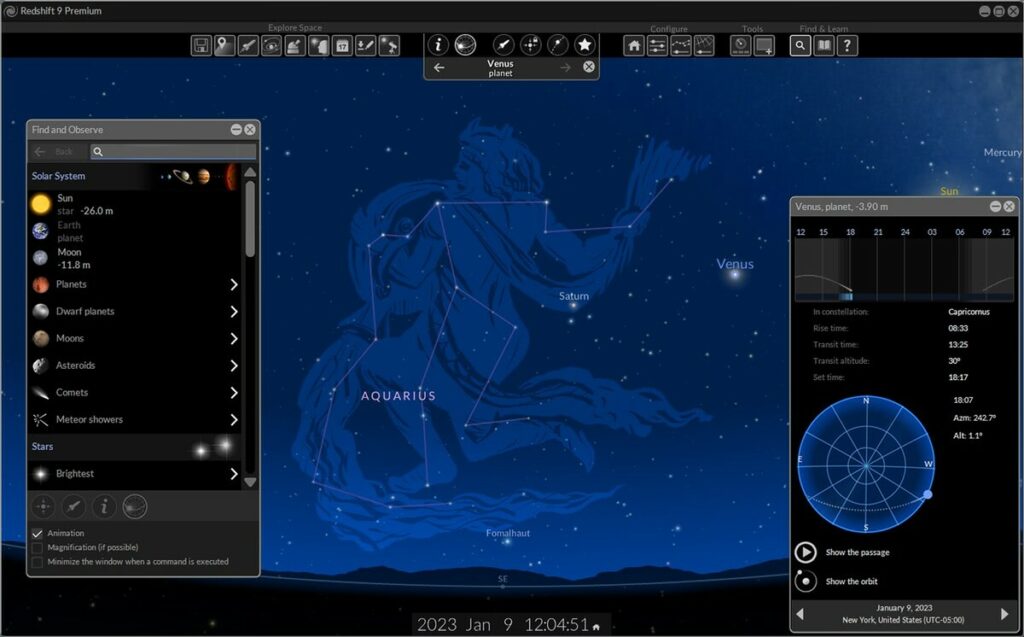
Note: Software is for Windows 10 und 11. A DVD drive is needed for installation.
Tags: Software, RedShift, media, USM
Posted in New Products
»
March 28 2023, Stefan Taube
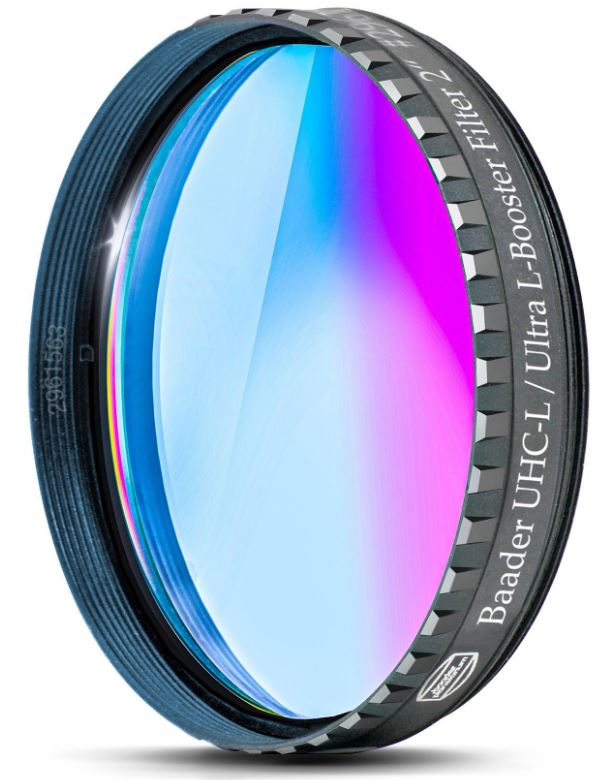
UHC filters are very useful aids in the fight against light pollution and natural sky brightness. They suppress artificial light but are transparent to wavelengths emitted by nebulous celestial objects. The effect of this for the observer and astrophotographer is considerably greater contrast.
The new Baader UHC-L filter is an all-purpose anti-light-pollution filter which also blocks LED lamp emissions in the blue part of the spectrum. Both passbands allow all of the light emitted by well-known nebulae through (the H-alpha and H-beta spectral lines of excited hydrogen as well as the OIII spectral lines of oxygen).
You can find all available filter sizes and formats here in our shop.

The Baader UHC-L filter offers all of the advantages of the CMOS-optimised Baader filter:
- Adapted for typical CMOS camera sensors
- Reflex Blocker™ coating
- Blackened edges
- Every filter is individually polished and coated for optical precision
- Life Coat™ coating for high durability

Tags: Baader, UHC, Filter
Posted in New Products
»
February 27 2023, Stefan Taube
In order to safely observe the Sun, you need certified special filters, which provide enough protection from its intensive radiation, including the high proportion of UV radiation. Such filters are available for various optical instruments and are placed in front of the lens.
In the 10×42 EclipSmart, the manufacturer, Celestron, has created binoculars with this filter already pre-installed.
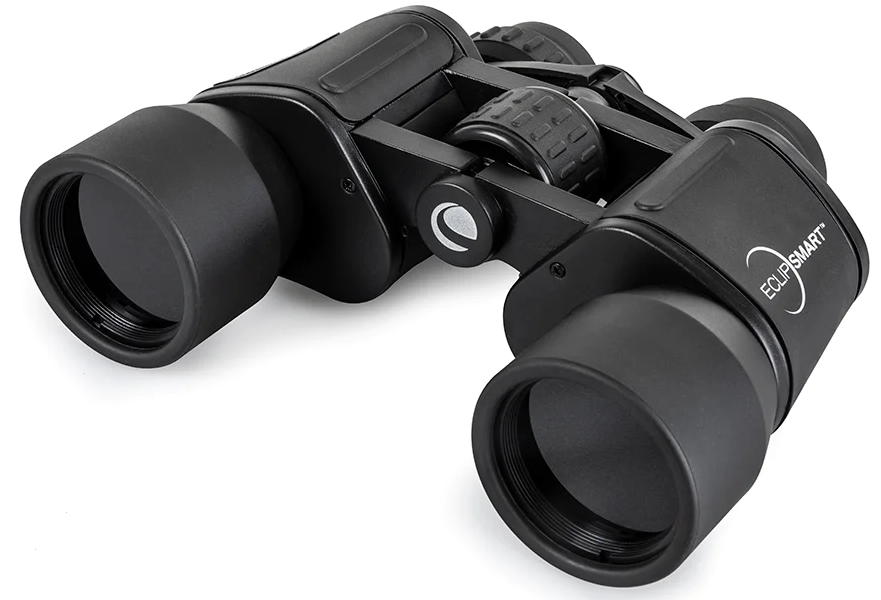
The benefits are clear and easy to see:
- The ergonomic binoculars are always close at hand and can be kept in your car, for example. They also fit easily in your luggage when travelling to see the next solar eclipse.
Solar observers can routinely follow developments in sunspots.
- The 10×42 binoculars’ optics are powerful enough to be used for this purpose. Mounted on a tripod, the binoculars can reveal their full strengths.
- The inbuilt filter cannot accidentally fall off and is protected against damage. This is not only important for solar observers, but also for outreach work carried out by observatories.
The 10×42 EclipSmart binoculars are exclusively designed for solar observations. This is why they are listed in the shop as a solar telescope.
Tags: Celestron, telescope, binoculars, solar observation
Posted in New Products
»
February 9 2023, Stefan Taube
In the CQ350, Skywatcher has created a heavy mount, which is still suitable for mobile astronomy. Thanks to its load capacity, it sits between the smaller EQ6-R and the larger EQ8-R.
The CQ350 is equally well suited for astrophotography in your own garden as it is for observatories; and thus represents an excellent compromise between mobile and stationary use.
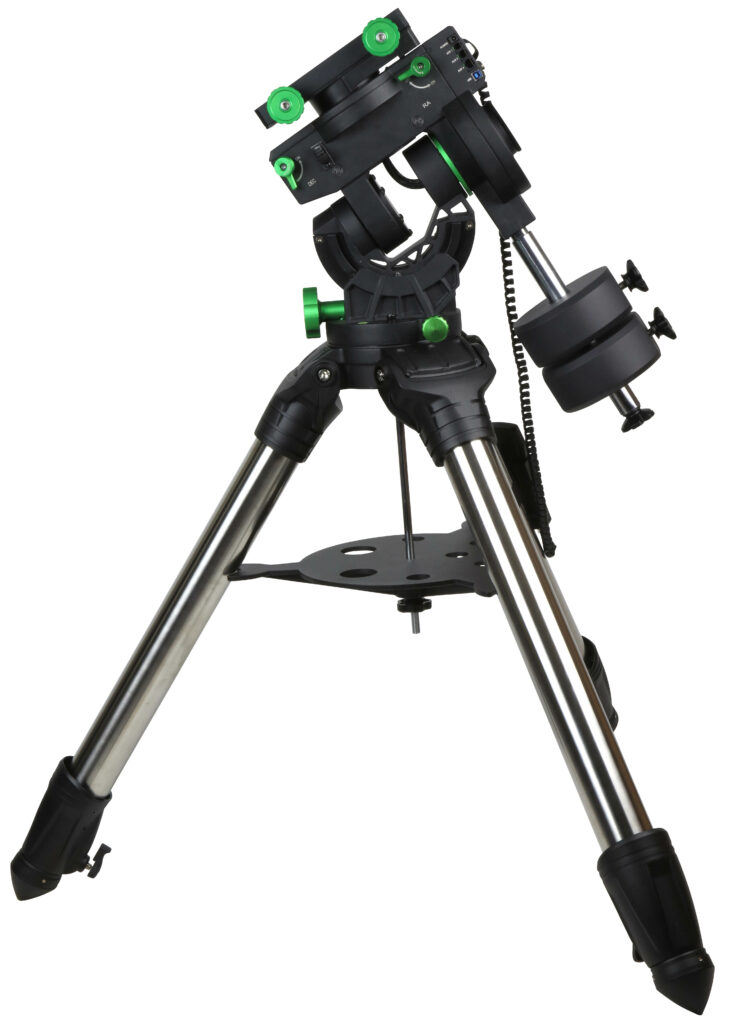
Summary of key features:
- Load capacity up to 35 kilograms
- State-of-the-art computer controls (GoTo) with SynScan V.5 hand control box
- Integrated database containing 42,900 objects
- Toothed belt drive for smooth operation without gear backlash
- Dual dovetail clamp to accommodate all popular telescopes
This quietly operated mount is moved using belt drives with stepper motors in both axes (Encoder resolution: 55,193,600 counts/rev, 0.023 arcseconds). Its quiet operation and high slewing speed makes this mount even appeal to observatories with public guided tours.
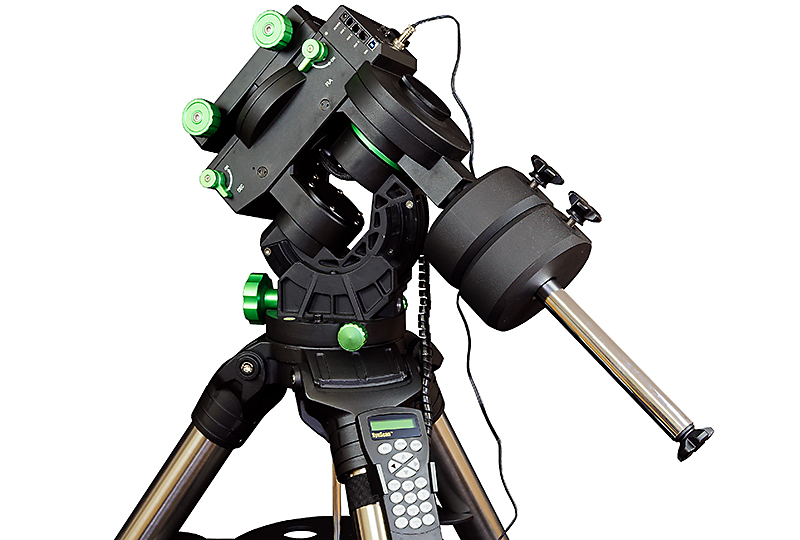
The mount comes with counterweights and a tripod. However, the mount can also be purchased without a tripod if you want to use it in a fixed position in an observatory. You can find both versions here in our shop.
Tags: Skywatcher, Mount
Posted in New Products
»
December 15 2022, Stefan Taube
True lightweights among high-performance binoculars: ZEISS SFL
- Ideal for observing birds and other animals!
- Very lightweight and compact for nature walks!
- Very high quality ZEISS lenses for lifelike colours and fine details!
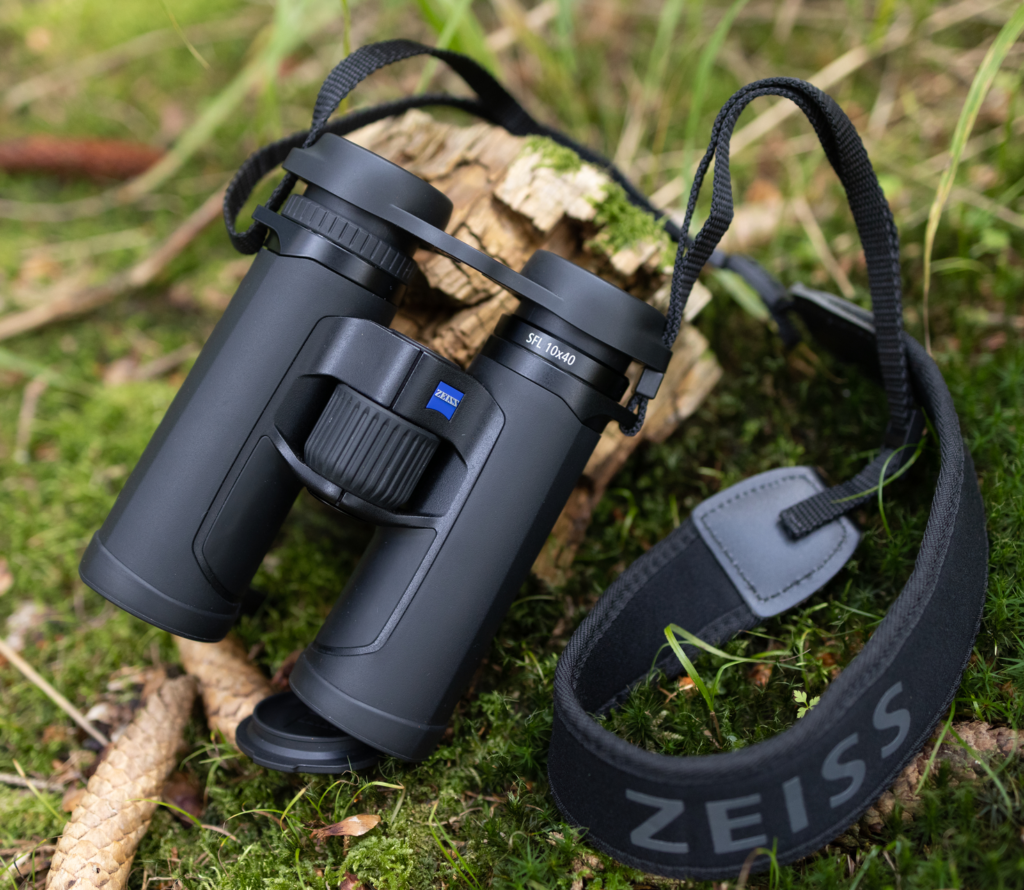
With the ZEISS SFL binoculars (SmartFocus Lightweight) special moments can be easily experienced. The binoculars are optimised so that they are as lightweight and compact as possible.
The new ultra-high definition (UHD) concept provides lifelike colour reproduction and ultra high detail. Thanks to its SmartFocus design, the focusing wheel is perfectly positioned and enables fast precision focusing – even when wearing gloves.
The optimised ergonomics and a large exit pupil provide a relaxed, undisturbed view.
The binoculars are available in the following versions:
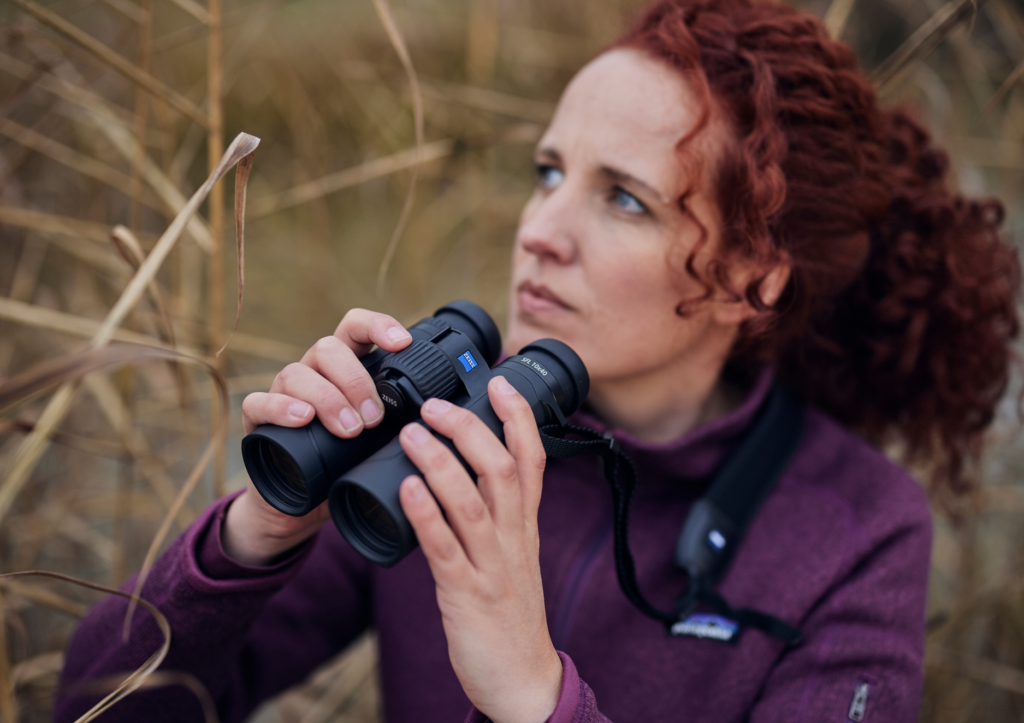
Tags: ZEISS, binoculars
Posted in New Products|New Products
»
















